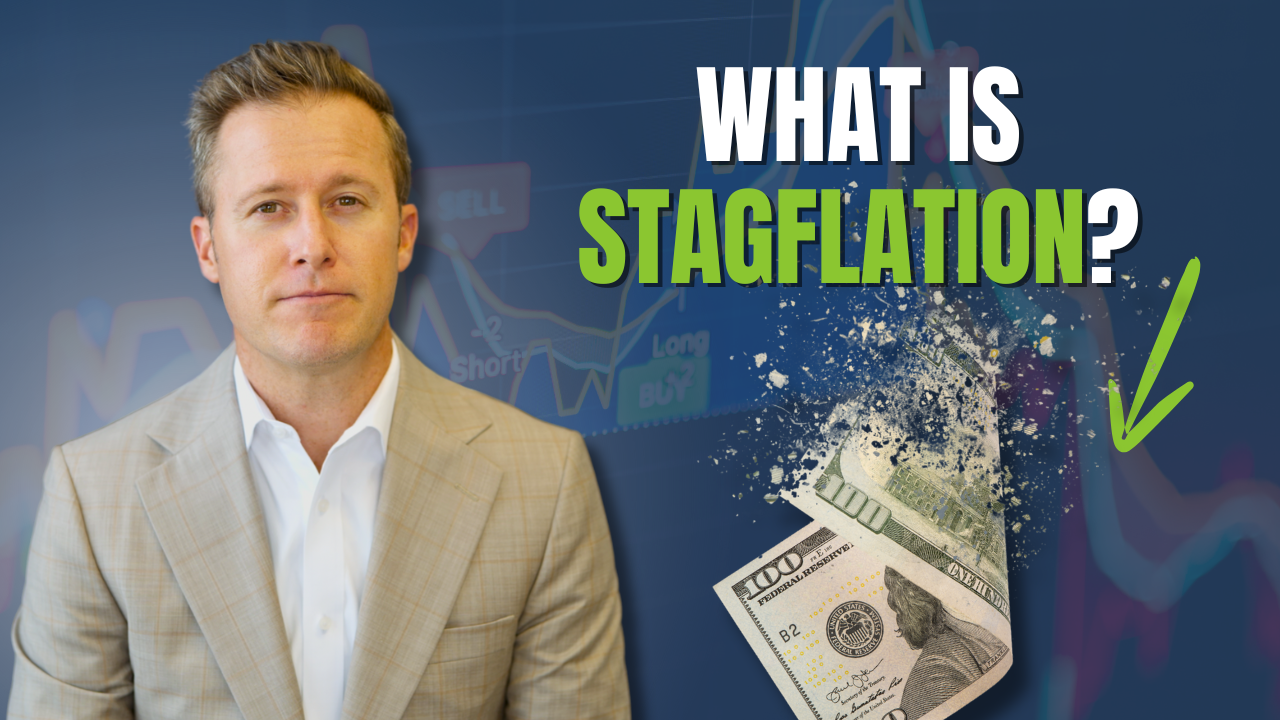Transcript:
Picture this. It’s the 1970s. You’re waiting in a gas line that stretches for blocks. Groceries are more expensive every week. Jobs are scarce. And the dollar in your pocket is shrinking fast. That wasn’t just inflation. It was stagflation. And today, some economists wonder, are we headed there again? Let’s break it down. Inflation is when prices go up and your purchasing power goes down. In 2022, inflation in the U.S. peaked at 9%, the highest in four decades. Caused by supply chain issues, stimulus checks, and energy stocks, it hit everything from eggs to rent. Now, for investors, inflation erodes cash. But hard assets like real estate, commodities, and inflation-linked bonds tend to shine. Then there’s deflation, falling prices. Sounds great, right? But it often means shrinking demand and slowing growth. Think Japan in the 1990s.
People delayed spending, businesses stalled, and the economy flatlined. In a deflationary world, cash gains value, but equities and real estate usually suffer. Now stagflation is the economic double whammy. It’s high inflation plus low growth. In the 1970s, it crushed portfolios. Today we’re seeing warning signs. Interest rates are high, inflation is sticky, and growth is slowing. Now layoffs in tech, weak retail numbers, and cautious Fed news hint that we might be tiptoeing into stagflation territory again. So here’s the key. Inflation isn’t one size fits all. Each type, inflation, deflation, and stagflation affects investments differently. The real question isn’t just will inflation rise, it’s which kind are we facing? Because smart investors don’t just react to headlines, they prepare for what’s coming next. Want to learn more? Let’s chat. Click the link below. Thanks for watching.





